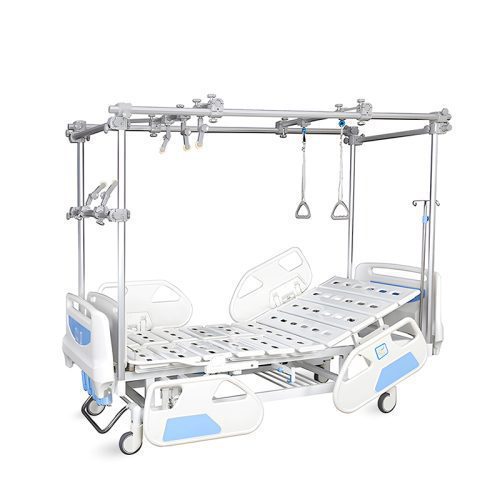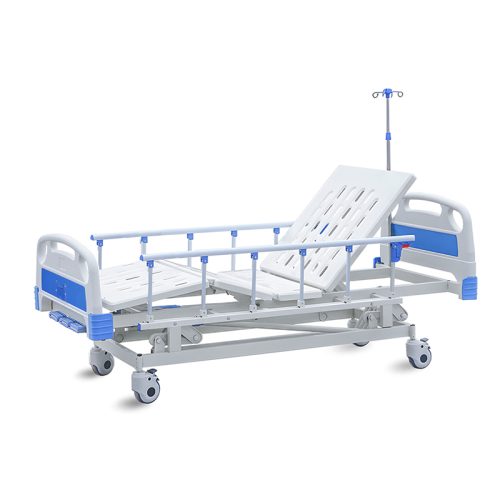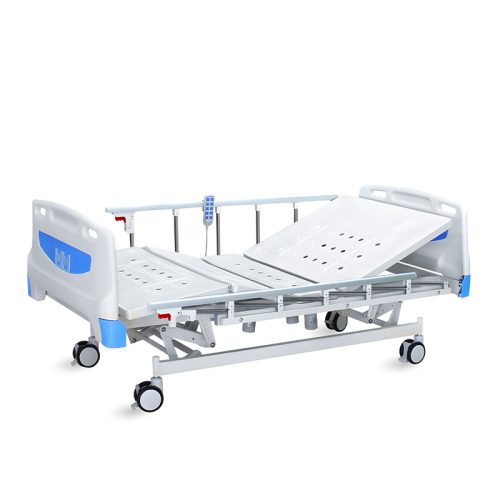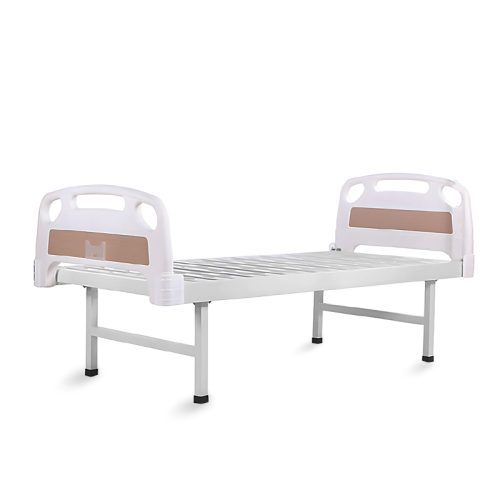
- Autoklāvs
Zobu autoklāvu pārdošana: Uz ko vērst uzmanību, iegādājoties labāko autoklāvu savai klīnikai: ko meklēt, iegādājoties labāko autoklāvu savai klīnikai?
- Līdz kelingmedical
#### **What is a Dental Autoclave?**
A dental autoclave machine sterilizes dental instruments through exposure to high-pressure steam at very high temperatures. The objective is to destroy bacteria and viruses along with other harmful pathogens on medical instruments which patients have touched. The autoclave sterilizes these tools making them safe to use again in other dental procedures.
The sterilization process in a dental autoclave starts by enclosing all instruments in a sealed chamber and injecting pressurized steam into it. High-temperature steam at intense pressure kills microorganisms to make your instruments completely sterile. Autoclaving remains the preferred method of sterilization for dental practices because it destroys all microorganisms.
#### **Why You Need a Dental Autoclave**
1. **Infection Control**
Infection control stands as the main reason dental practices require autoclaves. Probes along with scalers and forceps frequently touch patient saliva and blood during dental procedures. Dental sterilization machines are essential to destroy all forms of pathogens like bacteria, fungi, and viruses from instruments before they can be used on another patient. Autoclaving successfully sterilizes dental instruments while preventing cross-contamination between patients.
2. **Compliance with Regulations**
Health organizations including the CDC along with OSHA and the ADA mandate dental clinics to adhere to strict sterilization protocols. A dental autoclave helps your clinic fulfill compliance requirements while preventing legal and regulatory problems. Failure to meet sterilization standards can result in serious penalties for dental clinics which may include financial fines or forced shutdown.
3. **Patient Confidence**
Proper sterilization of your instruments builds trust with your patients. Patients gain confidence to receive treatments at your clinic when they see you implement measures to prevent infections. The use of a **dental sterilizer** signifies your clinic’s dedication to safeguarding patient safety and health.
4. **Cost Savings**
Although buying a **dental autoclave for sale** demands initial financial outlay the long-term savings it provides outweigh this cost. It is more economical to reuse sterilized dental instruments than to keep buying disposable ones. Autoclaves decrease waste production which results in savings for your budget as well as environmental protection.
When buying a dental autoclave you need to think about several important factors.
1. **Size and Capacity**
Your **dental autoclave sterilizer** size should reflect both your clinic size and your daily instrument sterilization requirements. Compact autoclaves suit smaller practices but larger clinics that treat more patients need autoclaves with higher capacity. Assess if your chosen autoclave can handle the quantity of trays or baskets needed for your daily sterilization requirements.
2. **Cycle Time**
A dental autoclave stands out because it sterilizes instruments in a short period. Autoclaves vary in terms of cycle times and selecting one that matches your clinic’s requirements is imperative. Quick sterilization cycles enable you to clean instruments between patients which helps maintain smooth and efficient practice operations. When selecting an autoclave choose one with quick cycle times but still maintains high sterilization standards.
3. **Ease of Use**
The control panel of a dental sterilization machine needs to be user-friendly for straightforward operation. Digital displays on modern autoclaves enable users to configure settings including temperature, pressure, and sterilization time. Pre-programmed cycles for various instrument types in some autoclaves help minimize user mistakes. For staff members who use the autoclave frequently choosing a model that operates intuitively and simply is essential.
4. **Safety Features**
A dental clinic prioritizes safety above all else. Select an autoclave for your dental clinic which includes essential safety components including pressure relief valves and automatic shut-off along with safety locks on the door. Built-in safety features of the machine prevent accidents and allow it to operate safely.
5. **Type of Autoclave**
There are two main types of dental autoclaves: Dental autoclaves can be categorized into two primary types which are gravity displacement autoclaves and pre-vacuum autoclaves. The most widely used autoclaves for dental practices function by gravity displacement and work well with most dental instrument sterilization needs. When sterilizing porous or hollow instruments a pre-vacuum autoclave becomes the preferred choice. Pre-vacuum autoclaves excel at evacuating air from the sterilization chamber which makes them ideal for sterilizing items needing deep steam penetration.
6. **Cost and Warranty**
Purchasing an autoclave requires consideration of price but buyers should keep in mind that quality cannot be sacrificed. Select an established brand with strong customer service along with warranty and servicing provisions. A comprehensive warranty helps you avoid excessive repair and maintenance costs over time. Factor the ongoing costs for consumables like sterilization pouches or indicator strips into your purchasing decision.
If you need to purchase a dental autoclave for your practice you can look at authorized dealers and distributors specialized in dental equipment.
When searching for a **dental autoclave for sale**, you can explore various options, such as:
Authorized distributors who focus on dental equipment sales.
You can locate dental autoclaves for sale on **online platforms** which serve as dental equipment marketplaces where model comparisons and price assessments are possible.
Your budget determines whether you purchase new or refurbished autoclaves from **local suppliers**.
Examine customer reviews along with specifications to identify the best dental autoclave model that meets your requirements.
#### **Conclusion**
To ensure patient safety and maintain required hygiene standards while meeting regulations your clinic must invest in a dental autoclave. When purchasing an autoclave for your practice you need to evaluate various models based on their size, cycle time, user-friendliness, and safety features. Selecting a top-grade dental sterilizer represents an investment in your clinic’s future success and patient health.
—
##1T## **FAQ**
What is the correct time duration for sterilizing instruments inside a dental autoclave?
Dental autoclave sterilization cycles usually take 15 to 30 minutes which varies based on both the type of autoclave and the load size.
Does all dental instruments sterilization work using an autoclave?
An autoclave can sterilize most dental instruments but delicate tools with electronic components demand special handling. Always check the manufacturer’s guidelines.
When should I replace a dental autoclave?
With proper maintenance dental autoclaves will function effectively for many years. You should replace dental autoclaves every 5-10 years based on their usage and condition.
Gravity displacement autoclaves use gravity to push steam into the chamber whereas pre-vacuum autoclaves first evacuate the air before steam introduction.
Gravity displacement autoclaves remain the most widely used type because they use gravity to direct steam into the sterilization chamber. Pre-vacuum autoclaves first evacuate chamber air to enhance steam penetration for effective sterilization of porous materials and intricate dental instruments.
Is it possible to purchase a previously owned dental autoclave?
You can find used dental autoclaves available for purchase but you need to inspect the machine’s state along with its warranty status and maintenance history to confirm its reliability.
📧 E-pasts: inquiry@shkeling.com
🌐 Tīmekļa vietne: www.shkeling.com.cn
Mēs ceram uz veiksmīgu sadarbību ar jums!






